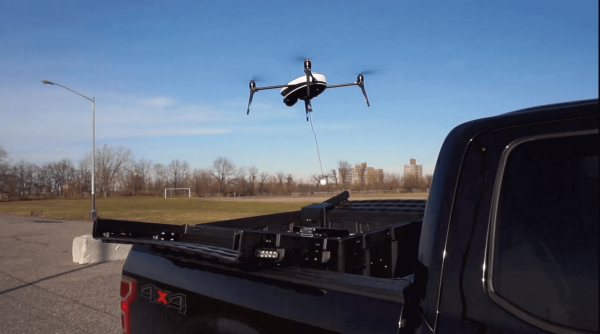
12 Sep Navigating the Skies: Understanding BVLOS Laws and Restrictions in the UK
In recent years, the skies above us have seen a transformation fueled by the rapid advancement of drone technology. Among the innovations that have captured the imagination of industries and hobbyists alike is the concept of Beyond Visual Line of Sight (BVLOS) operations. BVLOS allows unmanned aircraft, or drones, to operate beyond the direct line of sight of the operator, ushering in a new era of possibilities. However, in the United Kingdom (UK), these operations are subject to a robust regulatory framework to ensure safety, security, and responsible drone use.
The Evolution of BVLOS Operations:
BVLOS operations represent a departure from the traditional constraints of piloting drones within visual line of sight. This evolution has been driven by technological breakthroughs that enable drones to communicate over longer distances, maintain connection with operators, and autonomously navigate through complex airspace.
The Civil Aviation Authority’s Role:
The UK’s Civil Aviation Authority (CAA) is the regulatory body responsible for overseeing aviation activities and ensuring safety within the national airspace. Recognizing the potential of BVLOS operations, the CAA has established rules and guidelines to govern their implementation.
Key Laws and Restrictions:
- Permission and Exemptions: BVLOS operations for commercial purposes often require specific permissions or exemptions from the CAA. These permissions are granted based on rigorous assessments of safety procedures, risk mitigation strategies, and operator qualifications.
- Risk Assessment: Prior to conducting BVLOS operations, operators are required to perform comprehensive risk assessments. These assessments evaluate factors such as airspace classification, potential hazards, communication protocols, and emergency procedures.
- Airspace Awareness: BVLOS operators must be well-versed in the various airspace classifications, including controlled, restricted, and prohibited zones. Coordination with air traffic control may be necessary when operating in areas with higher air traffic.
- Communication and Surveillance: Effective communication between operators and drones is a cornerstone of BVLOS safety. Operators must establish reliable communication systems to ensure continuous contact with the drone. Additionally, surveillance measures to track the drone’s position and surroundings are essential.
- Collision Avoidance: Depending on the level of risk associated with an operation, BVLOS operators may be required to implement collision avoidance systems. These systems use technology to prevent mid-air collisions with other aircraft.
- Pilot Training: Pilots responsible for BVLOS operations must undergo specialized training to ensure they are equipped to manage the complexities of operating drones beyond visual line of sight. Training covers navigation, emergency response, decision-making, and communication protocols.
- Data Protection and Privacy: BVLOS operations often involve data capture, including images and video. Operators must adhere to data protection laws and respect individuals’ privacy rights.
The Future of BVLOS Operations in the UK:
As technology continues to evolve and BVLOS capabilities become more advanced, the regulatory framework will likely adapt to accommodate innovations. The CAA maintains a commitment to promoting safety while fostering innovation, and updates to regulations may reflect the changing landscape of drone operations.
In conclusion, BVLOS operations represent a significant leap in the capabilities of unmanned aircraft. While they offer immense potential across various industries, their responsible implementation requires adherence to strict laws and regulations. The UK’s approach to BVLOS reflects its commitment to safe and sustainable aviation practices, ensuring that the skies remain open for innovation while safeguarding the interests of all airspace users.
